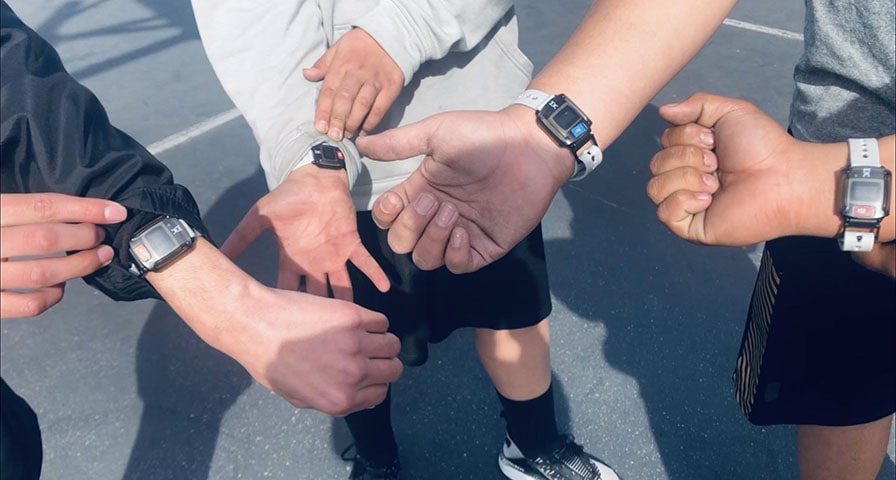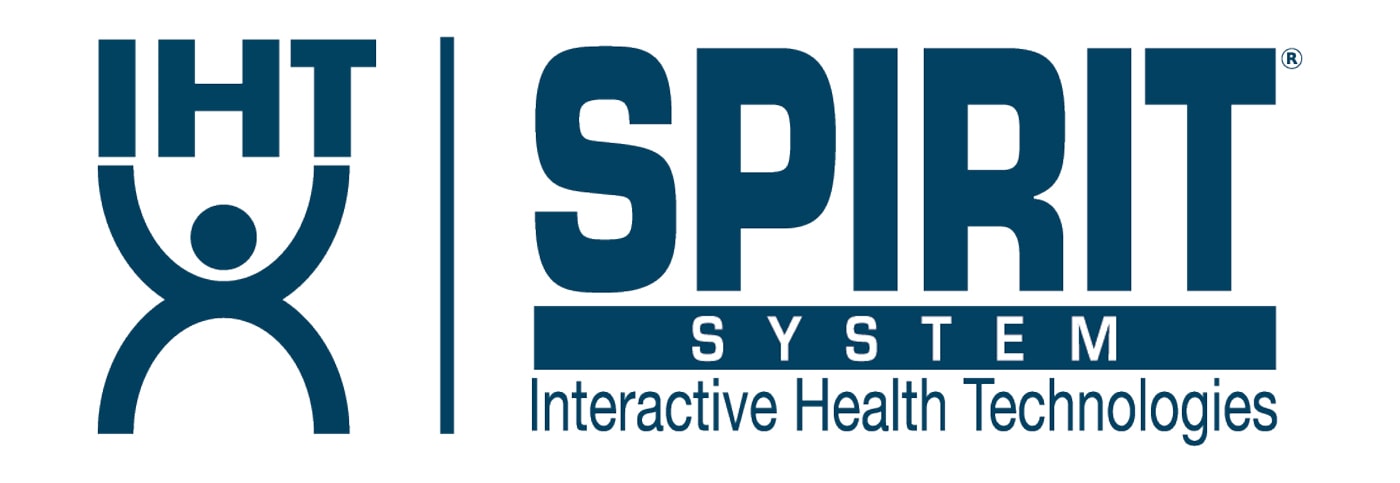Teachers Make Heart Rate Technology a Key Piece of ‘New’ Approach to Physical Education
By Jen Ohlson
On Jan. 31, Schoolsweek.co.uk highlighted a new approach adopted by Ninestiles, An Academy, in London. Head of Healthy Lifestyles Gareth Evans wrote that the school “scrapped PE” for a healthier curriculum. Evans cited several reasons – poor memories from parents, too great a focus placed on sports – for his school’s change.
Read further through the essay and it becomes evident that Ninestiles hasn’t scrapped its PE program. Instead, it’s rebranded and reimagined it. Modernized for the 21st century, so to speak.
 Now known as Healthy Active Lifestyles, the program strives to develop “students’ knowledge of physical, mental and social wellbeing through physical literacy…so that each has a full understanding of how to look after their minds and bodies.”
Now known as Healthy Active Lifestyles, the program strives to develop “students’ knowledge of physical, mental and social wellbeing through physical literacy…so that each has a full understanding of how to look after their minds and bodies.”
Teachers have worked to take their PE programs on similar transitions in the U.S. for years. While the movement has been successful in part, teachers still recognize the advocacy they must do and the obstacles they must overcome to gain financial and administrative support to make meaningful change.
“I think any time you can be an advocate for your program, you have to be, especially with physical education,” San Jose (Calif.) Charter Academy PE teacher Matthew Bassett said. “Historically, we don’t always get looked at or thought about in the right way.”
The right way?
For years, PE teachers and their department leaders have been battling for relevance, both among community members and school administrators. The challenges include:
- Unfavorable memories held by parents of their PE programs;
- The belief that only athletes benefit from or enjoy PE class;
- PE should not be a priority compared to other “academic” subjects and teachers struggle with funding requests.
Overcoming Outdated Perceptions by Highlighting New Strategies
The Ninestiles logic is sound but their approach isn’t unique. PE teachers continue to work to convince their students’ parents and even their own administrators that their programs use the latest strategies and technologies to empower students to become healthy adults.
“This is new and improved PE,” Pleasant Valley (Iowa) Junior High PE teacher Sophie Haarhues said.
As Ninestiles has, many schools have moved away from team-based games and engaged students with fitness-style classes that give them plenty of choices.
“I don’t just pick up a ball and say ‘go play, I don’t want to talk to you again until the end of class,’” Bassett said. “The parents that I have, a lot of them grew up in a bad program. Teachers rolled out the ball. Students were graded on how fast they ran the mile. They got participation points before it became a behavioral thing. They don’t really see that learning has to happen.”
“Our program is not your parents’ or grandparents’ PE program,” Pleasant Valley (Iowa) Junior High PE teacher Caitlin Schoville said. “We always start every class with a cardio or muscular endurance exercise and then move into games or other activities.”
Engaging Students with Heart Rate Technology
Many teachers – Bassett included -- utilize heart rate technology, including the IHT ZONE heart rate monitor, with their students.
Students of all ages are very familiar with technology, be it their own mobile phone, a school-issued tablet or even a fitness watch that includes a heart rate monitor.
“Everyone has some type of technology,” Haarhues said.
Using IHT ZONE heart rate monitors in class allows teachers to better connect students with their effort level and provide objective, personalized feedback.
“As soon as we gave them the heart rate monitors, they really felt at that time that we really cared about them as individuals,” San Bernardino City Unified High School PE teacher Scott Smith said. “They were no longer being graded against somebody else. It allowed them to push themselves and set their own goals. It also allowed them to have conversations about health and fitness because they felt better about themselves.”
The key, teachers say, is providing students with data from the monitors they wear so they can make the connection.
“The IHT heart rate monitors allow students to understand the heart rate zones they need to be in and the benefits of each zone,” Haarhues said. “When they are home and exercising, they can use that information to push themselves.”
Building Programs with Student Choice
Teachers build on that engagement by allowing students a say in class planning. Many teachers seek feedback from students about activities to introduce in class rather than following their tried-and-true sport-based program of yesteryear.
“I loved it when kids would come into class and we’d learn how to serve a tennis ball or shoot a basketball,” Charles City (Iowa) High School PE teacher Steve Stallsmith said. “I loved doing that. But that isn’t what (PE today) is. We have to take a different approach to PE. Today, that means engaging them in activities that I didn’t think about before. That means giving them a curriculum that includes the things they have been doing. I’ve never had a skateboarding curriculum before, but I do now.”
A majority of teachers who use the IHT ZONE to encourage students to reach goals for moderate to vigorous activity during a class period give students a choice on how they’ll accomplish that. Hudson (Iowa) High School PE teacher Sean Leonard used to plan his class’ activities for them. After a semester using the IHT ZONES, he reconsidered.
“I’m beginning to wonder: does it matter what we do as long as they’re in the zone for as long as we want them to be?” Sean Leonard said. “If they know how to get there and stay there?”
Oskaloosa (Iowa) Middle School PE teacher Betsy Luck gave her students that freedom as well. Sometimes they choose activities that help them reach their goal. Other times, they learn a valuable lesson.
“I had some boys decide they wanted to do a yoga workout because they didn’t want to do as much that day,” she said. On a day where students needed to spend 25 minutes exercising at a moderate-to-vigorous level, they didn’t make it.
“They are trying to get their heart rate up and they get instant feedback of whether or not it’s working,” Fossil Ridge (Colo.) High School PE teacher Lisa McVicker said. “When I have students ask me, ‘Why am I in blue?’ I can just say, ‘well, look at you, what are you doing right now?’ They know if they are moving or working hard.”
While they may not make the perfect choice every day, giving students the choice to try different things will serve them well later in life.
“(PE class) is more about experience than knowledge at this level,” Little Falls (Minn.) Middle School PE teacher Nick Abbott said. “We want them to try different activities and see how it affects their heart rate. You try to do some of the things they might want to do on their own time. That’s the importance of finding things that they enjoy doing. They are willing to go the extra mile.”
And when students are engaged and going the extra mile to meet goals, teachers realize their programs are heading in the right direction. And when students gain the knowledge and skills, positive changes occur.
“The kids are really engaged and that helps us get from Point A to Point B to Point C in our program development,” Stallsmith said. “This is an investment, one I think will give me more time with kids teaching them the meaningful things about PE. I think I’m more engaged now than I was when teaching PE the ‘normal way.’”
Whether it's Ninestiles’ approach or the way Stallsmith, Bassett, Smith and others approach PE that will create a new “normal way” to view PE, the landscape may be changing for the better. PE teachers focus on all aspects of student wellness, from the physical to the mental.
“There’s a shift in the importance of PE now with so much technology out there and kids spending so much time sitting down,” Haarhues said. “By focusing on fitness activities and other games, we get more participation that way. The exercise also allows us to focus on mental health.”
Learn More About IHT ZONE Heart Rate Monitors:




